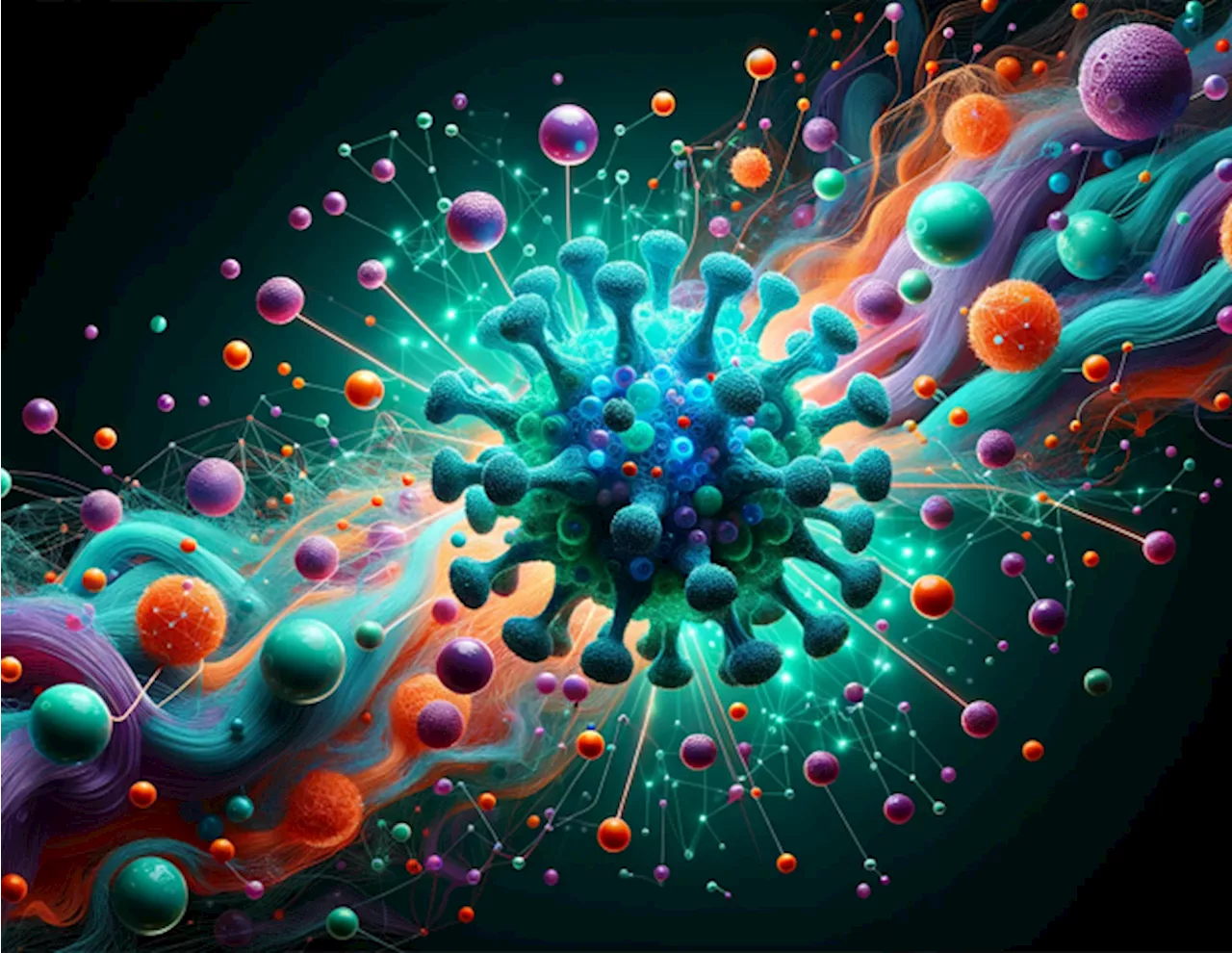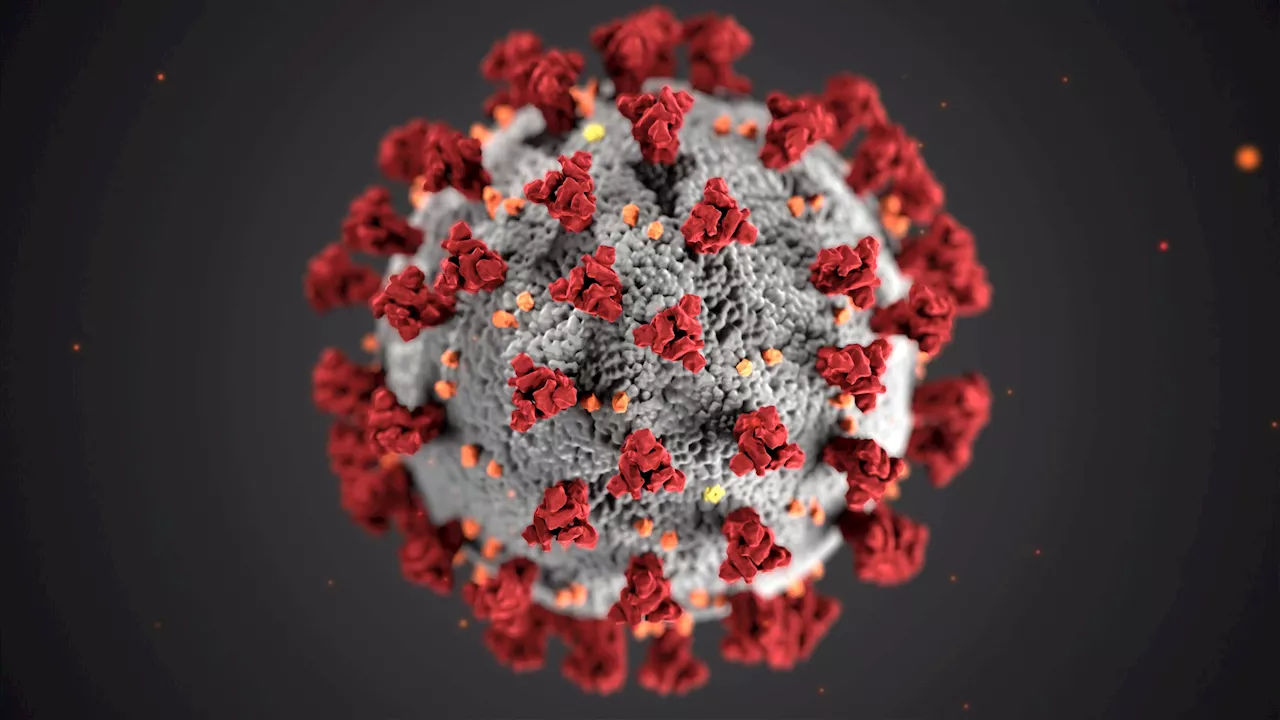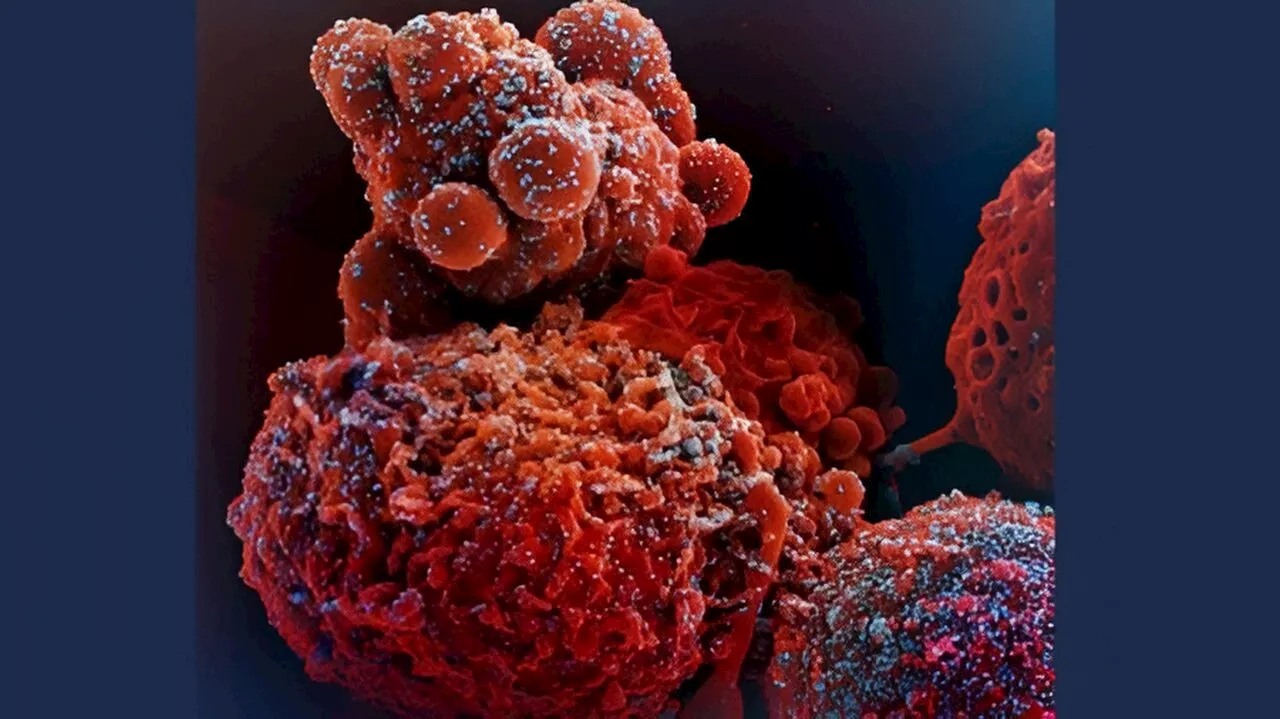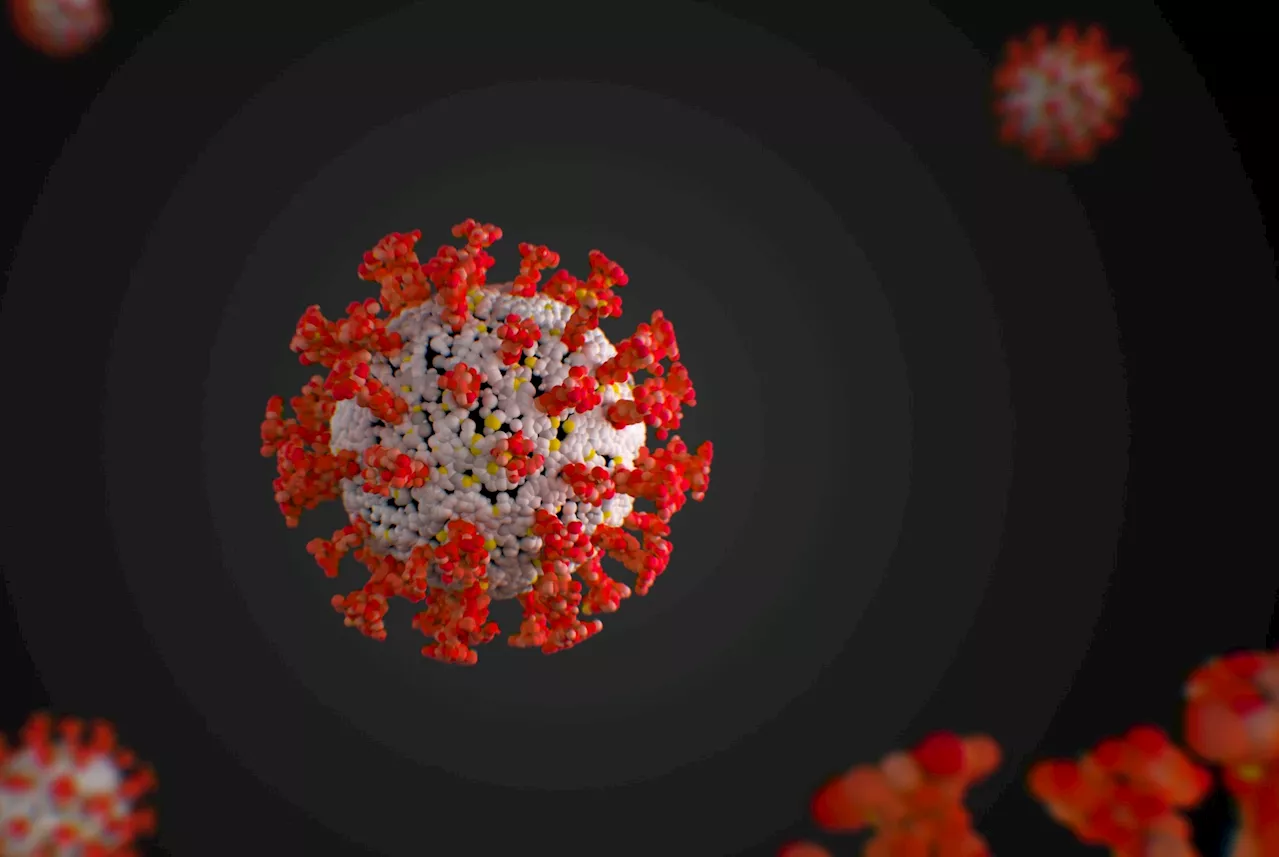Study investigates the evolution of SARS-CoV-2 within the central nervous system (CNS) compared to the lungs in mice, revealing higher viral divergence in the CNS and highlighting the critical role of the furin cleavage site (FCS) in viral tropism and compartmentalization.
By Dr. Priyom Bose, Ph.D.Reviewed by Benedette Cuffari, M.Sc.Aug 27 2024 Study: Evolution of SARS -CoV-2 in the murine central nervous system drives viral diversification. Image Credit: Stock_Good / Shutterstock.com
The entry of SARS-CoV-2 into a host cell is mediated by the viral spike glycoprotein , which comprises S1 and S2 subunits at the furin cleavage site . The continual evolution of SARS-CoV-2 has led to the emergence of more infectious variants of concern . SARS-CoV-2 VOCs typically contain mutations that influence FCS cleavage efficiency and the stability of the S1/S2 interaction.
The vaccines investigated in the current study encoded either the SARS-CoV-2 S open reading frame or the nucleocapsid open reading frame . A phosphate-buffered saline solution was used as a control. After three weeks, mice were challenged with a high frequency of mutations in the spike FCS. The ΔFCS pseudovirus cannot enter lung cells as efficiently as visceral adipose tissue cells. The present study assumed that the attenuated growth of ΔFCS viruses after intranasal inoculation was due to reduced viral entry in respiratory cells, lower viral titers in the lungs, and reduced pathology.
In the brain, Ad5-S and Ad5-N + Ad5-S mice exhibited higher diversity than the control treatment. Thus, Ad5-S reduces viral diversity in the lungs, whereas higher diversity is maintained in the brain.
Coronavirus Disease COVID-19 Evolution Nervous System SARS SARS-Cov-2 Acute Kidney Injury Brain Cell Coronavirus Covid-19 Glycoprotein Immunity Kidney Lungs Microbiology Myocarditis Pandemic Pathology Protein Research Respiratory Severe Acute Respiratory Severe Acute Respiratory Syndrome Syndrome Thromboembolism Virus
United Kingdom Latest News, United Kingdom Headlines
Similar News:You can also read news stories similar to this one that we have collected from other news sources.
 Study finds higher SARS-CoV-2 risk in obese individualsA study finds an increased risk of developing a productive SARS-CoV-2 infection in obese people. Obesity is known to predict worse outcomes and higher mortality for those with COVID-19. Masanori Aikawa and colleagues sought to determine if obesity also affected the likelihood of getting ill in the first place.
Study finds higher SARS-CoV-2 risk in obese individualsA study finds an increased risk of developing a productive SARS-CoV-2 infection in obese people. Obesity is known to predict worse outcomes and higher mortality for those with COVID-19. Masanori Aikawa and colleagues sought to determine if obesity also affected the likelihood of getting ill in the first place.
Read more »
 Mutation in SARS-CoV-2 spike protein enhances brain infectionScientists have discovered a mutation in SARS-CoV-2, the virus that causes COVID-19, that plays a key role in its ability to infect the central nervous system.
Mutation in SARS-CoV-2 spike protein enhances brain infectionScientists have discovered a mutation in SARS-CoV-2, the virus that causes COVID-19, that plays a key role in its ability to infect the central nervous system.
Read more »
 Spike mutations that help SARS-CoV-2 infect the brain discoveredScientists have discovered a mutation in SARS-CoV-2, the virus that causes COVID-19, that plays a key role in its ability to infect the central nervous system.
Spike mutations that help SARS-CoV-2 infect the brain discoveredScientists have discovered a mutation in SARS-CoV-2, the virus that causes COVID-19, that plays a key role in its ability to infect the central nervous system.
Read more »
 Synergistic mutations found in omicron variant of SARS-CoV-2Certain changes in the genetic material of pathogens can alter their ability to infect human cells or protect them better from defense by the immune system. Researchers were able to observe this effect particularly impressively in the SARS-CoV-2 virus.
Synergistic mutations found in omicron variant of SARS-CoV-2Certain changes in the genetic material of pathogens can alter their ability to infect human cells or protect them better from defense by the immune system. Researchers were able to observe this effect particularly impressively in the SARS-CoV-2 virus.
Read more »
 To subvert immune response, SARS-CoV-2 stimulates production of proteins without protective functionTo evade the human host's immune response, SARS-CoV-2, the coronavirus that causes COVID-19 uses the machinery of defense cells to induce the expression of unproductive isoforms of key antiviral genes—variant forms of genes that result from disrupted splicing or transcription processes and do not code for functional (protective) proteins.
To subvert immune response, SARS-CoV-2 stimulates production of proteins without protective functionTo evade the human host's immune response, SARS-CoV-2, the coronavirus that causes COVID-19 uses the machinery of defense cells to induce the expression of unproductive isoforms of key antiviral genes—variant forms of genes that result from disrupted splicing or transcription processes and do not code for functional (protective) proteins.
Read more »
 Antibody could offer sweeping protection against evolving SARS-CoV-2 virusResearchers at Northeastern say they've discovered how an antibody could provide broad protection against severe acute respiratory syndrome coronavirus-2 (SARS-CoV-2), the virus responsible for COVID-19—even as it evolves to outwit other of the body's chemical defenses.
Antibody could offer sweeping protection against evolving SARS-CoV-2 virusResearchers at Northeastern say they've discovered how an antibody could provide broad protection against severe acute respiratory syndrome coronavirus-2 (SARS-CoV-2), the virus responsible for COVID-19—even as it evolves to outwit other of the body's chemical defenses.
Read more »
